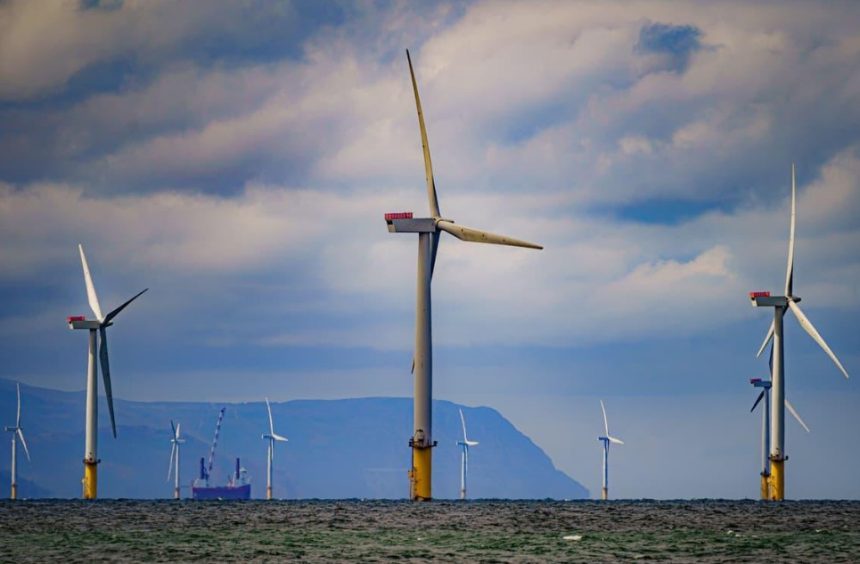Offshore Wind Farm: Scotland Approves UK’s Largest Renewable Energy Project
The green light has officially been given. Scotland’s government has granted development consent to what will become the largest offshore wind farm in the UK, a significant step towards clean energy goals and national energy security.
Located about 38 kilometres off the coast of St Abbs in the North Sea, the Berwick Bank project by SSE Renewables boasts a projected generating capacity of 4.1 gigawatts (GW).
That’s enough electricity to power over 6 million homes annually, or around 17% of UK households, a huge leap for the country’s 2030 clean energy ambitions.
This massive offshore wind farm has been more than two years in the making. The approval process stretched out over 31 months, mainly due to environmental concerns, particularly the potential impact on marine birdlife.
The site sits near vital seabird habitats, such as the Bass Rock, known globally for its vast gannet colony.
RSPB Scotland has raised serious alarms, warning that the wind farm could result in the death of tens of thousands of birds over its lifespan, including puffins, kittiwakes and gannets.
Given the scale of potential harm, ministers have placed a strict condition on the project. SSE Renewables must submit a comprehensive seabird compensation strategy before construction can proceed.
This plan must clearly demonstrate how the project will offset damage to the local bird populations.
Still, the government stands firm behind the decision. “Ministers have given the Berwick Bank wind farm application extremely careful consideration,” said Kate Forbes, Scotland’s Deputy First Minister.
“The decision to grant consent to Berwick Bank is a major step in Scotland’s progress towards achieving net zero and tackling the climate crisis, as well as supporting national energy security and growing our green economy.”
The project includes grid connection points in East Lothian and Northumberland, meaning energy generated offshore will feed directly into the national grid.
SSE Renewables, the developer behind the scheme, welcomed the news.
“The Scottish Government’s decision to grant a consent order for Berwick Bank offshore wind farm is hugely welcome,” said Stephen Wheeler, Managing Director at SSE Renewables.
“At over 4GW of potential capacity, Berwick Bank can play a pivotal role in meeting the mission of Clean Power 2030 for the UK and achieving Scotland’s decarbonisation and climate action goals.”
“Berwick Bank has the potential to rapidly scale-up Scotland’s operational renewable energy capacity and can accelerate the delivery of homegrown, affordable and secure clean energy to UK consumers from Scottish offshore wind.”
But the reaction hasn’t been universally positive. “This is a very dark day for seabirds,” said Anne McCall, Director at RSPB Scotland.
“It is a terrible decision on a really bad development. Berwick Bank would be catastrophic for Scotland’s globally important seabirds, which are already facing alarming declines.”
Despite the criticism, the Scottish Government has issued a Section 36 consent, clearing the main offshore array to proceed in the outer Firth of Forth, off the East Lothian coast. This marks the final major regulatory hurdle.
Originally two separate proposals—Berwick Bank and Marr Bank—the projects were merged following early consultations to streamline development.
The project must now secure a Contracts for Difference (CfD) deal and reach a final investment decision before moving into the build phase.
While tensions remain between conservation groups and developers, the Berwick Bank offshore wind farm stands as a defining moment in the UK’s clean energy future—a high-stakes balance between green growth and environmental responsibility.






